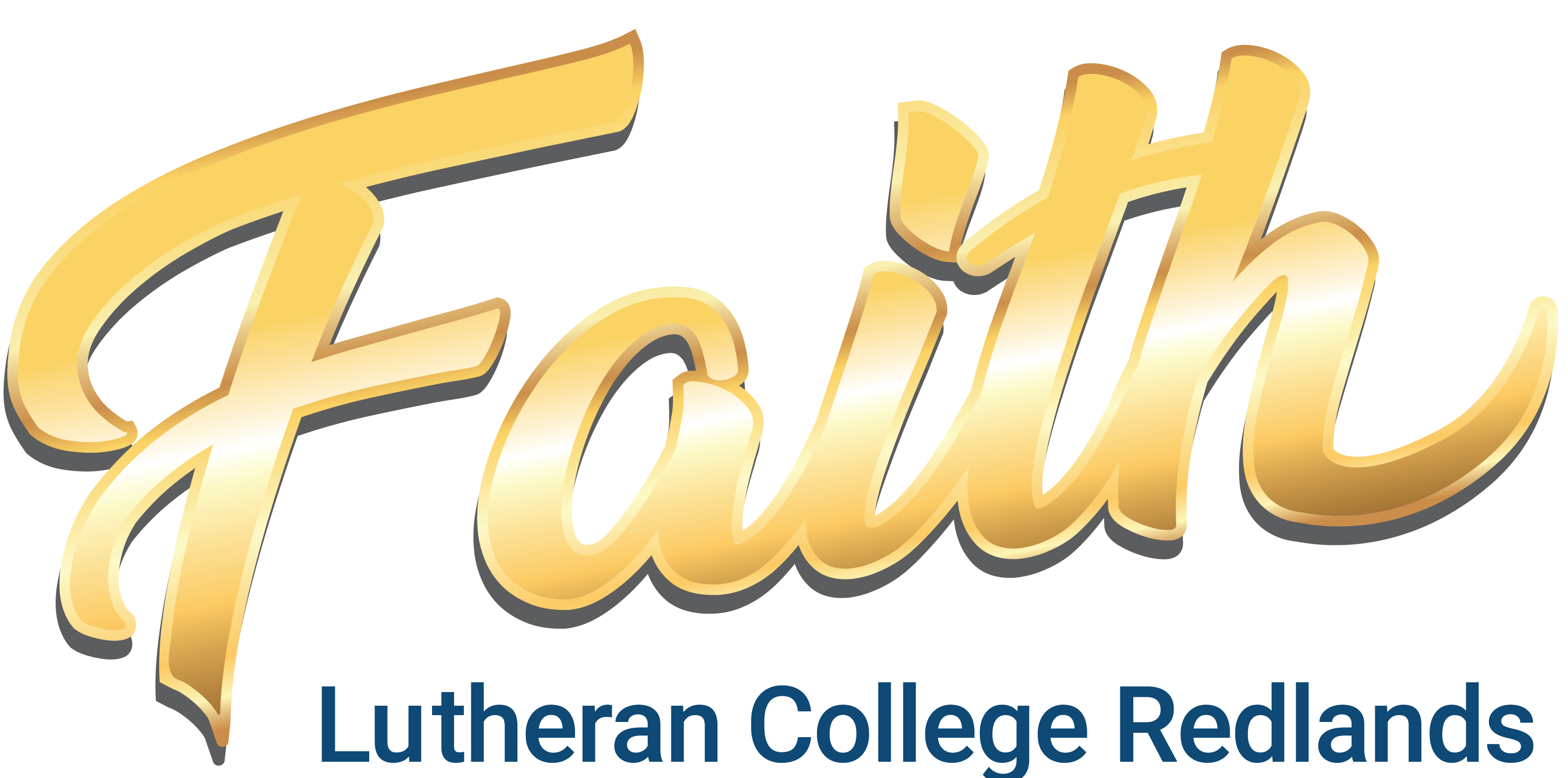I love intricate harmonies, both melodious and discordant. I am a true child of the eighties music era, can’t get enough of the synthesiser, fluro clothing and leg warmers.
Growing up, I recall that people were often classified as being left brained or right brained. Left brained people prefer maths, logic, facts. Right brained people are those who are visual intuitive and creative. So, if you’re mostly analytical and methodical in your thinking, the theory suggests you’re left-brained. If you tend to be more creative or artistic, you’re right-brained.
At school in the deep dark 20th century, my strengths were maths and accounting – squarely positioning me in the left-brain camp. So, while I loved music, I was discouraged from studying it at school, as there were more important life skills to learn like shorthand (which I managed to avoid) and typing (which I did not).
However, with the advances in brain scanning technology, scientists have identified that there is a lot going on in the brain when we experience music. Music enters the brain and triggers various specialised processes such as the auditory cortex which recognises volume, rhythm and pitch, the visual cortex which is activated when reading or watching music, the motor cortex when dancing or moving to the music, the cerebellum which generates our emotional responses and the hippocampus where memories are stored (where have I heard that song before?).
So, music activates both the left and right hemispheres of the brain, the back and the front, the inner and external sections of the brain. Research has shown that studying music can be an incredibly enriching and fulfilling experience for children. Not only does it provide an avenue for creative expression, but it also fosters discipline, patience, and perseverance. Through learning music, children develop a deep appreciation for the beauty of sound and the power of harmonies. It enhances cognitive skills such as memory and problem-solving, and it can even improve academic performance in other subjects. Moreover, music is a universal language that connects people across cultures and generations.
I encourage all students to explore the many options that our Create@Faith program provides across music, dance, drama and visual arts for all age groups, as it can truly enrich their lives in countless ways.




